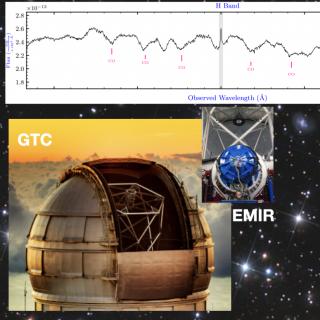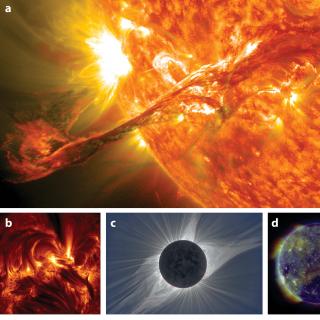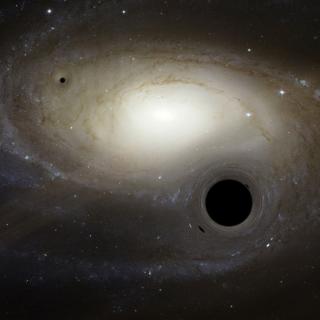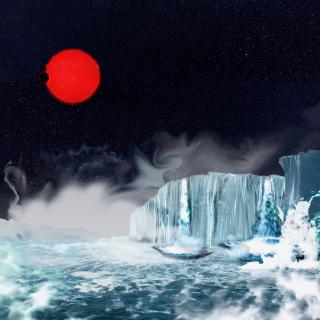
Puzzling properties of massive early-type galaxies (ETGs) emerge when studying their spectra at near-infrared (NIR) wavelengths. Massive ETGs show strong CO absorption features in their H and K band spectra that cannot be explained by state-of-the-art stellar population models. For many years, the disagreement has been attributed to the presence of intermediate-age (0.1-2 Gyr) stellar populations in these galaxies, as the NIR light of intermediate-age stellar populations is dominated by cool stars (e.g. asymptotic giant branch (AGB) stars) that show strong CO absorptions in their spectrum




